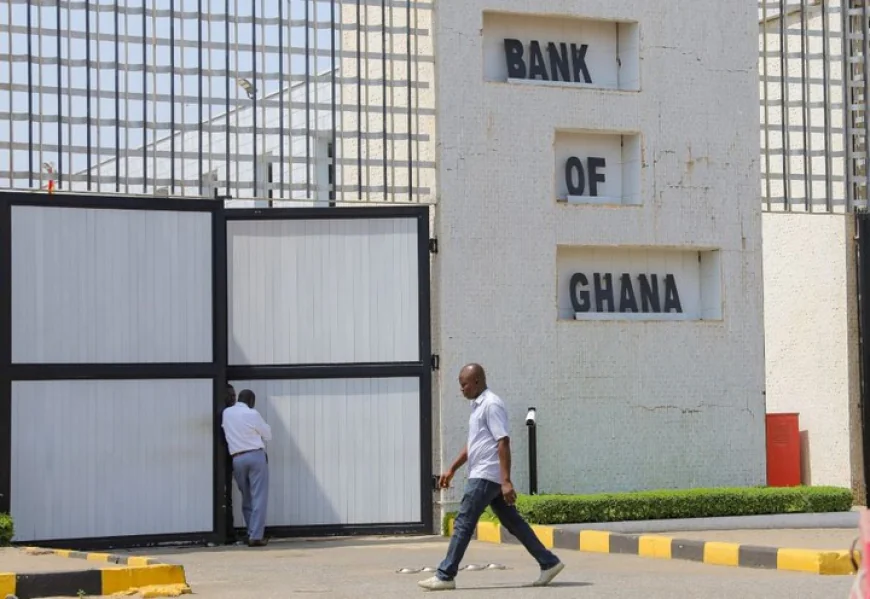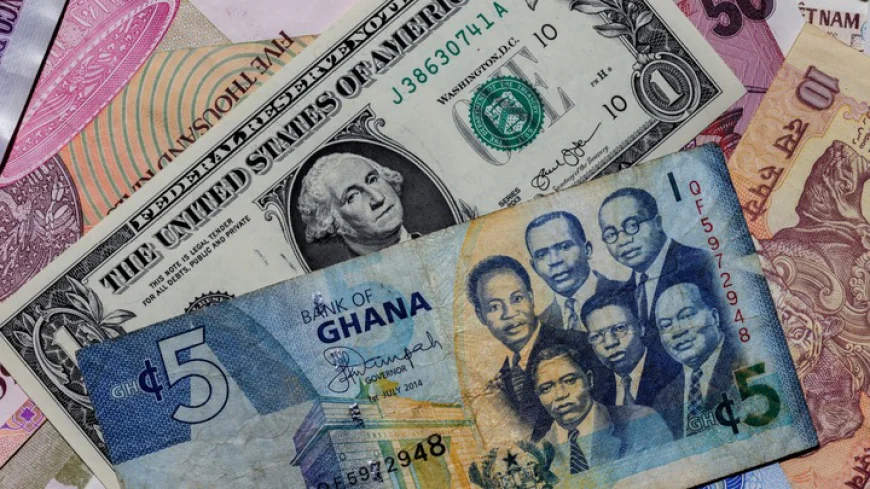Dollar to Cedi Exchange rate for the End of June,2025 released by Bank of Ghana.
At the close of June 2025, the Ghanaian cedi staged a sharp and unexpected rally, appreciating to GH₵10.28 against the US dollar on the interbank market, according to the Bank of Ghana.
At the close of June 2025, the Ghanaian cedi staged a sharp and unexpected rally, appreciating to GH₵10.28 against the US dollar on the interbank market, according to the Bank of Ghana. This marks a significant recovery from May’s end-of-month exchange rate of GH₵15.30 to the dollar, raising eyebrows across financial markets, government circles, and the public.
While the central bank has yet to publish a formal report attributing the gain to specific factors, several underlying developments may explain the cedi’s newfound strength:
Improved Forex Inflows: The government’s recent push to ramp up non-traditional exports and leverage remittance inflows appears to be bearing fruit. Increased foreign currency earnings help ease pressure on demand for dollars.
Tightened Monetary Policy: The Bank of Ghana has maintained a firm monetary stance through attractive interest rates on cedi-denominated instruments, encouraging local investment and discouraging speculative dollar demand.
Fiscal Consolidation Measures: Better expenditure control and progress in debt restructuring could be restoring confidence in Ghana’s macroeconomic management.
External Support: IMF disbursements and bilateral support—particularly from strategic partners in trade and development—are providing critical buffers for the foreign reserves.
This appreciation provides much-needed relief for importers, public debt managers, and households reliant on foreign goods. It may also reduce inflationary pressures, as imported costs ease. However, analysts caution against premature celebration.
“A one-month surge, no matter how promising, needs to be backed by sustained structural reforms,” noted a currency risk analyst at a local investment firm. “Otherwise, we risk seeing the cedi slip again under seasonal trade pressures.”
Historically, the cedi has followed a cyclical pattern: strengthening slightly mid-year during cocoa-related forex inflows, before softening in the final quarter due to high import demand. This June’s gain, however, is unusually large in magnitude, prompting speculation about behind-the-scenes interventions or windfall inflows.
If the appreciation holds into July, it could strengthen Ghana’s hand in international debt negotiations and boost credibility with ratings agencies. But economic watchers will be monitoring the sustainability of this momentum closely.




